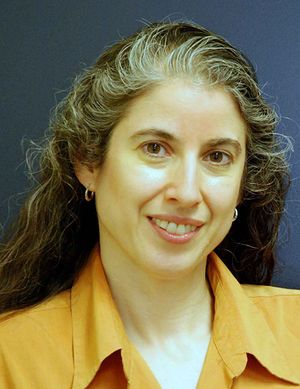A kaleidoscope of creativity…unsentimental and sometimes unpredictable.
The Best of the Bellevue Literary Review
Bellevue Literary Review is widely recognized as a rare forum for emerging and celebrated writers—among them Julia Alvarez, Raphael Campo, Rick Moody, and Abraham Verghese—on issues of health and healing. Gathered here are poignant and prizewinning stories, essays, and poems, the voices of patients and those who care for them, which form the journal’s remarkable dialogue on “humanity and the human experience.”

Ebook
- ISBN
- 9781934137253
Paperback
- ISBN
- 9781934137048
Danielle Ofri, MD, Ph.D., writes regularly for the New York Times about medicine and the doctor-patient relationship. Her most recent book is What Patients Say, What Doctors Hear. Ofri is a practicing internist at Bellevue Hospital, the oldest public hospital in the country, and an Associate Professor of Medicine at New York University School of Medicine. She is a founder and Editor-in-Chief of the Bellevue Literary Review, the first literary journal to arise from a medical center. Ofri also speaks nationally and internationally about doctor-patient communication, medical error, medical humanities, and medicine in the 21st century. Her four other books about life in medicine are What Doctors Feel: How Emotions Affect the Practice of Medicine, Incidental Findings, Medicine in Translation, and Singular Intimacies: Becoming a Doctor at Bellevue. She lives in New York City.
visit author page »Praise for The Best of the Bellevue Literary Review
A high quality magazine…one of the few journals that celebrate the creative results of incorporating writing into the practice of medicine.
— Poets & Writers
The nation’s most venerable public hospital and physician training ground has turned to literature to help its doctors better understand their patients, and themselves.
— The Washington Post
Part of a national trend in medical education for schools to use literature to teach doctors how to write better and clearer case histories and to emphasize more with patients.
— The New York Times

